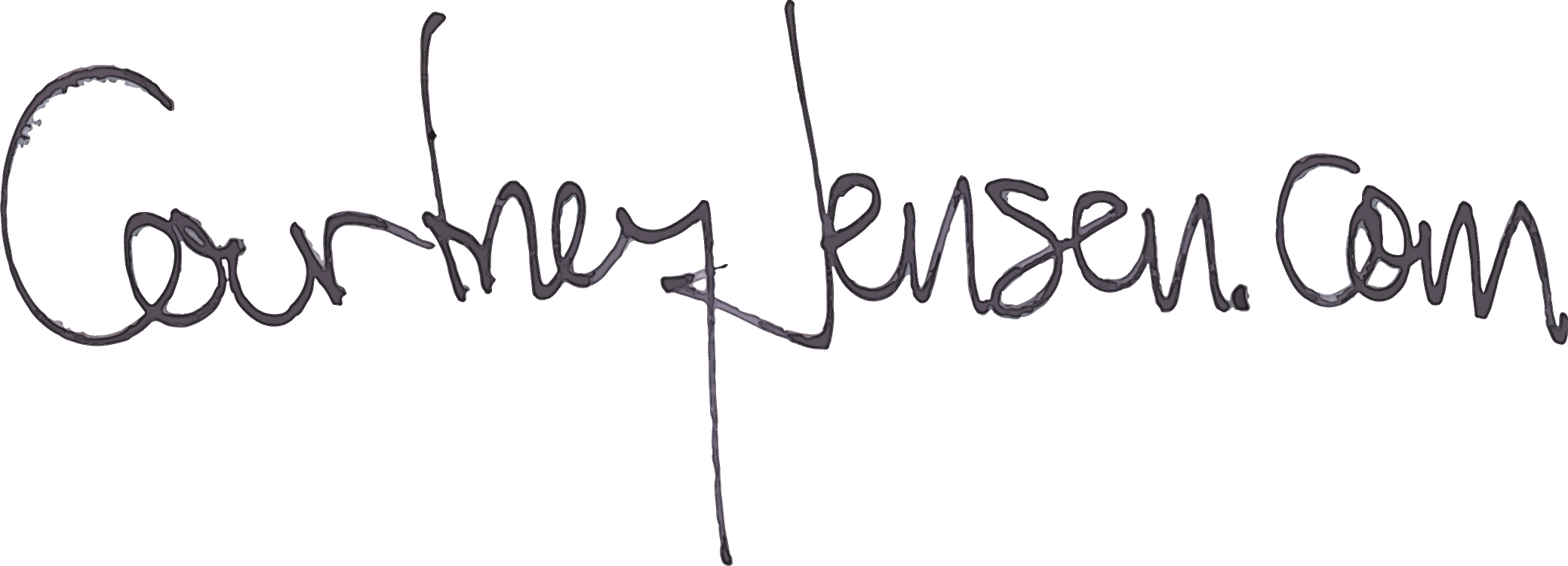

Clinical Epidemiology Lectures
Block One: Defining Science, Research, and EpidemiologyLecture 1: Syllabus and the Etymology of "Science"
Lecture 2: Fundamentals of Science
Office Hours (Week 1)
Lecture 3: Fundamentals of Study Design
Lecture 4: Developing a Research Question
Lecture 5: From Bench to Bedside
Lecture 6: Introduction to Epidemiology
Office Hours (Week 2)
Lecture 7: Epidemiological Tools and Questions
Lecture 8: Drawing Inappropriate Conclusions
Office Hours (Week 3)
Lecture 9: Current Trends in Epidemiology
Lecture 10: Future of Epidemiology
Lecture 11: Review of Block One
PDF: Review Slides
Block Two: Epidemiological Statistics
PDF: Conducting Your Research (Executive Summary and Public Data)
Lecture 12: Finding and Appraising Relevant Studies
Lecture 13: P-Values, Part 1
Office Hours (Week 5)
Lecture 14: P-Values, Part 2
Lecture 15: P-Values, Part 3
Lecture 16: Initial Analyses
Office Hours (Week 6)
Lecture 17: Introduction to Regression
Lecture 18: More Regression
Lecture 19: Still More Regression
Office Hours (Week 7)
Lecture 20: Reading Outputs
Lecture 21: ROC Curves
Lecture 22: Statistical Scenarios
Office Hours (Week 8)
PDF: Study Guide for Exam 2
PDF: Take-Home Exam 1
PDF: Take-Home Exam 2
Block Three: Other Types of Analysis and Scientific Writing
Lecture 23: Mid-Semester Housekeeping
Lecture 24: Qualitative Research
Publications corresponding to Lecture 24
Lecture 25: Data Collection
Lecture 26: Randomization
Lecture 27: ANOVA, Part 1
Lecture 28: ANOVA, Part 2
Lecture 29: ANOVA, Part 3
Office Hours (Week 11)
Lecture 30: Finishing ANOVA and Estimating Sample Size
Lectures 31, 32, and 33: Advice for Scientific and Creative Writing
Office Hours (Week 12)
Lecture 34: Nope, Part 1
Lecture 35: Nope, Part 2
Office Hours (Week 14)